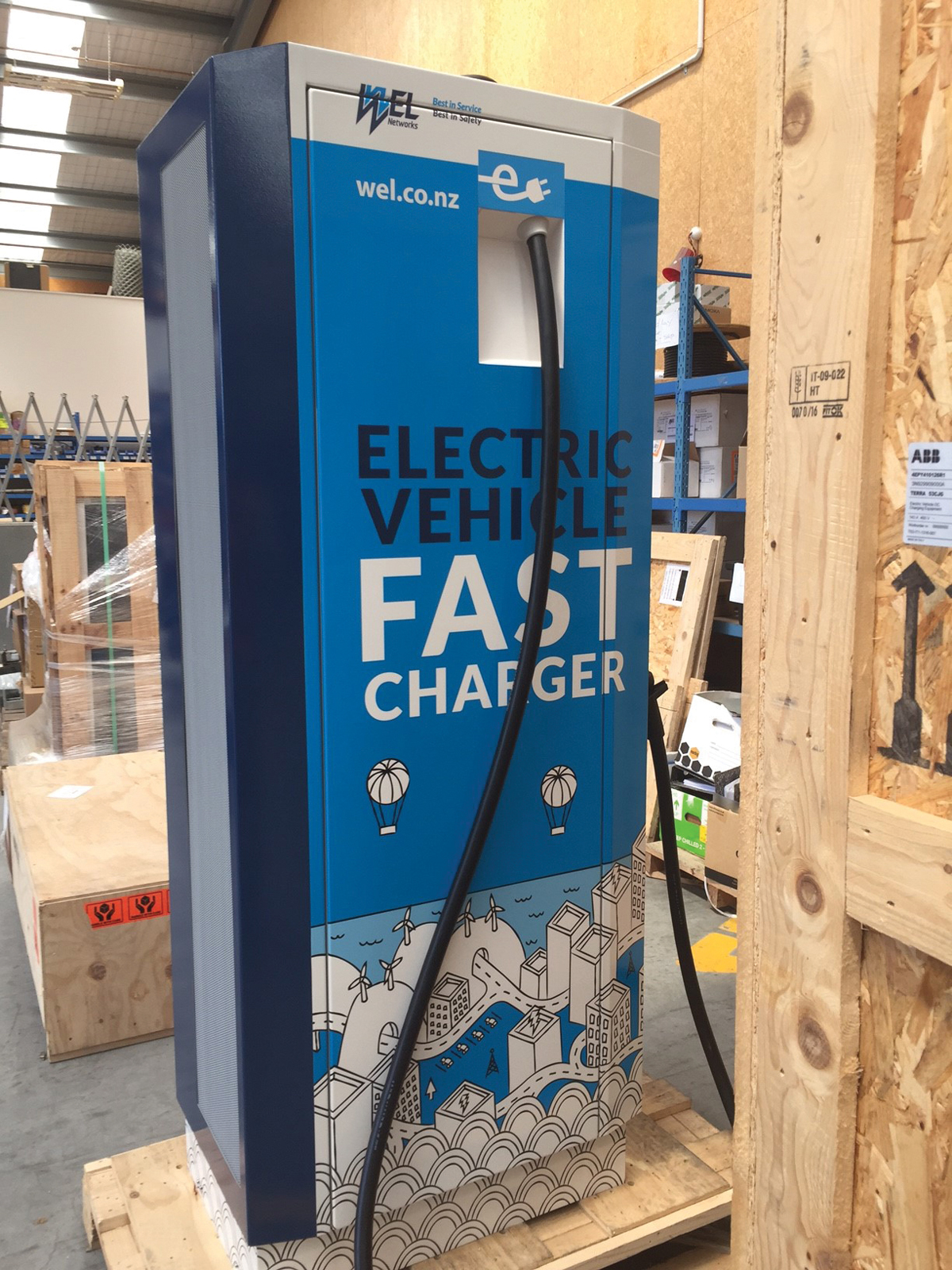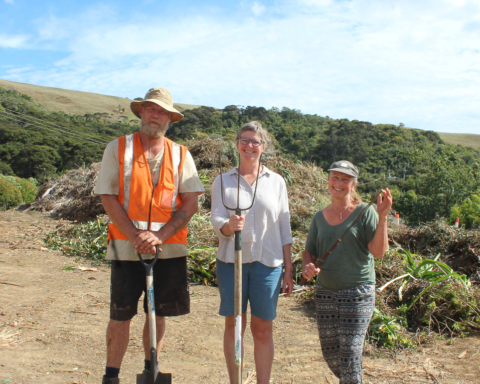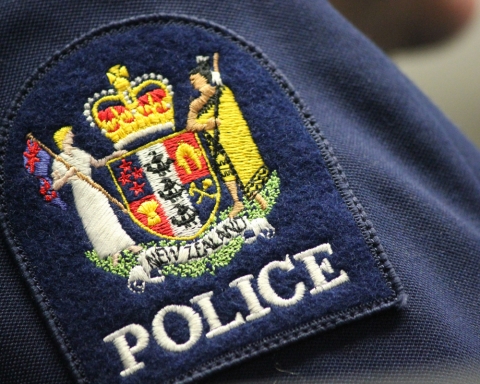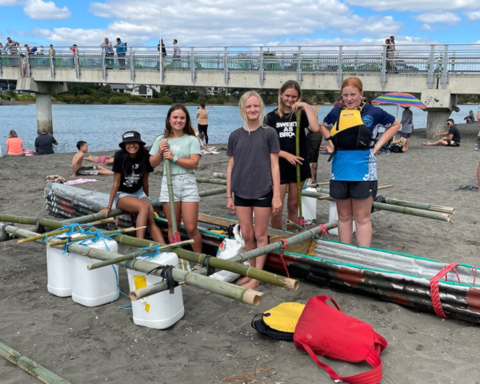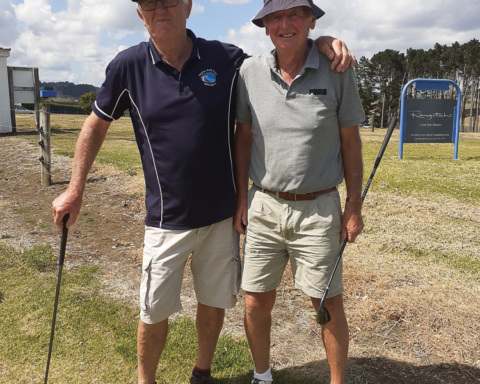Installation of an electric vehicle fast charger in Raglan will put the tourist destination on the map for New Zealand’s electric vehicle (EV) community.
Over recent months WEL Networks and Waikato District Council have been working together to secure a suitable town centre site for an electric vehicle fast charger site and council has agreed to provide a space in a private permit parking area next to the Raglan Town Hall.
Waikato District Mayor Allan Sanson says the council is pleased to have electric vehicle charging stations situated in the district. “EV charging stations are a necessary support for the switch to electrical vehicles and we want our district to be included in the flow-on economic and environmental benefits the switch will bring.”
WEL Networks asset management general manager Paul Blue says the Raglan unit is the third of five being installed across the Waikato and WEL is excited about expanding the region’s electric vehicle footprint.
“We installed an EV fast charger at the WEL Hamilton office last December and that has been well used. We recently installed a unit in Te Kauwhata next to the turn-off on State Highway 1 and we’ll install two more units in central Hamilton soon.
“The Raglan site offers a number of benefits for EV drivers and the local business community.
“We’re starting to see the emergence of electric vehicles on our roads and while still in its infancy, we do expect use of EVs to grow significantly.” Currently there are around 1300 EVs and eight different models available.
“Understandably there is apprehension around the distance electric vehicles can travel between charging, so adding the Raglan location will allow drivers to divert from the main highways, bringing additional economic benefits to the community.
“The Raglan location will be included in a national EV charging network that can be found on the web or via the cellphone app PlugShare. Once they’re in Raglan the central location will be easy to access. A full charge only takes 15 minutes and it’s free to use.”
Mr Blue says the community can be assured that the units are completely safe, and are not “live” until they are physically connected to a vehicle.
WEL Networks
